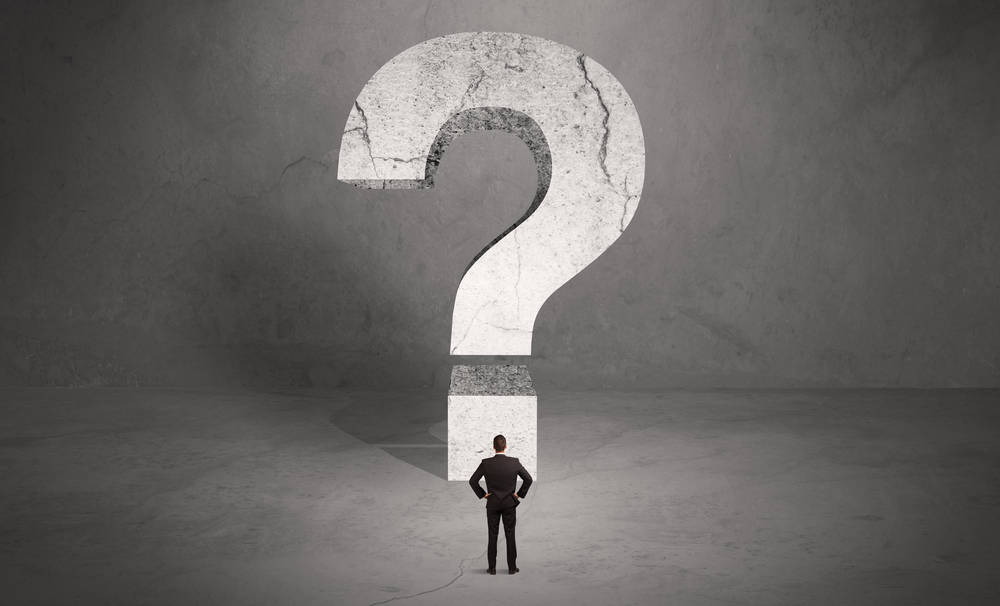Europe Looks for Answers

Please note that we are not authorised to provide any investment advice. The content on this page is for information purposes only.
Today, Europe is struggling with a series of old and new challenges. Hard choices can no longer be deferred. For half a decade, Europe has struggled with excessive debt (which remains excessively high), fiscal adjustment (which has failed to revive the continent), systemic banking vulnerabilities (which have not been nullified), and competitiveness challenges (which are worsening due to R&D cuts across the core economies).
Today, Europe is struggling with a series of old and new challenges. Hard choices can no longer be deferred. For half a decade, Europe has struggled with excessive debt (which remains excessively high), fiscal adjustment (which has failed to revive the continent), systemic banking vulnerabilities (which have not been nullified), and competitiveness challenges (which are worsening due to R&D cuts across the core economies).
The prime reason for the semblance of stability in Europe stems from the European Central Bank’s (ECB) record-low interest rates and rounds of quantitative easing (QE). Yet, the ECB’s policy tools are being exhausted.
What’s worse, growth is decelerating across all EU major economies, including the current “growth engines” — Germany and Spain.
Weight of stagnation
In Germany, growth decelerated to 1.5 percent last year, despite Chancellor Angela Merkel’s smart policies. Net exports were boosted by low oil prices and a cheaper euro, but lower growth in export markets is penalizing growth. In the coming decade, deceleration will prevail and growth is likely to stay at one percent, constrained by its aging population.
In Spain, growth could rebound to more than 2.5 percent in 2016. Nonetheless, economic momentum is facing increasing political volatility.
Spain’s unemployment rate, though falling, remains 10.5 percent, while youth unemployment lingers at above 50 percent. In the medium-term, growth is likely to be halved by the early 2020s.
French expansion has steadily shrunk. Public and private consumption fuel growth that is likely to remain at one percent in 2016 but with downside risks. In the coming decade, French growth is likely to decelerate to less than one percent.
In 2015, the UK, which is part of the EU but not the Eurozone, enjoyed 2.2 percent real GDP growth but that’s about to weaken because of efforts at fiscal consolidation. If the UK remains in the EU, annualized growth is likely to climb to 2 percent and stay there until early 2020s.
In Italy, the rebound is weaker. Quarterly growth hovers at 0.2 percent, along with inflation. Fiscal balance remains negative and public debt at 134 percent of the GDP. After the longest contraction since the Depression, growth will be less than one percent through much of the coming decade.
New challenges
What’s worse, Europe is now coping with a series of new threats — including Britain’s potential exit from the EU; the demise of the Schengen agreement which has been compromised by the huge refugee crisis; anti-EU opposition by far-right-wing parties and an anti-austerity left; and increasing geopolitical frictions. Moreover, Brussels must also determine whether it will grant China a market economy status, a decision that is likely to shape EU-China relations for years to come.
Intriguingly, currently Europe benefits from a fragile recovery, ultra-low oil prices and cheaper euro.
In the future, a sustained rebound requires structural reforms driven by political consensus. Oil prices will climb, perhaps even the euro. In other words, things are about to get rougher.
There is a way out of economic stagnation but that would necessitate structural reforms across Europe: a long-term (not medium-term) debt reduction, fiscal accommodation (not austerity), tougher banking oversight and great investment in competitiveness and infrastructure.
Such a way out would also require continental unity rather than fragmentation; a coordinated and long-term migration policy; political moderation rather than extremism; and multipolar cooperation in foreign affairs — not efforts at unipolar regime changes.
In the coming months, Europe must either begin a thorough change or accept its longstanding decline.
Europe’s Hard Choices: Change or Decline is republished with permission from The Difference Group




